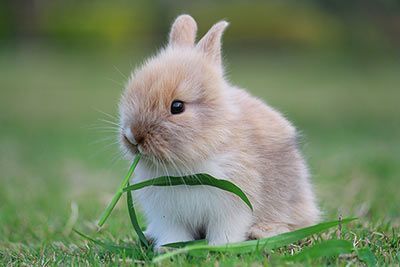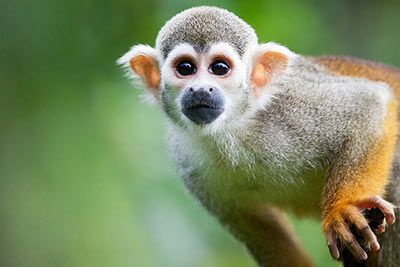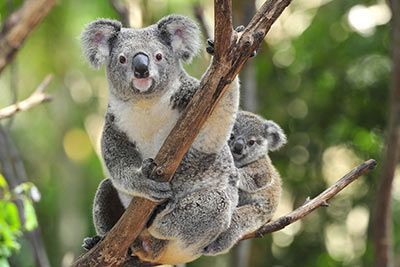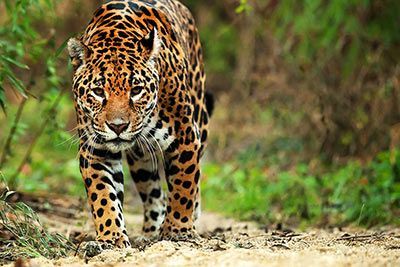Binturong
Binturong Facts
| Size | 23.6-37.7 inch (60-96 cm) (body) |
| Speed | Up to 15 mph (24 km/h) (short distances) |
| Weight | 19.8-30.8 lb (9-14 kg) |
| Lifespan | 10-25 years |
| Food | Fruit, insects, birds |
| Predators | Tigers, snakes |
| Habitat | South-East-Asia, rainforest |
| Order | Carnivore |
| Family | Viverrids |
| Scientific name | Arctictis binturong |
| Characteristics | Looks like a mix of bear and cat |
Main Characteristics
Binturongs are predatory cats that live in the tropical rainforests of Southeast Asia. They look like a type of raccoon or coati and are often considered as smaller relatives of the bear family. This is why the binturong is also known as bearcat. In fact, these animals don't belong to the bear family. They are viverrids.

Anatomy and Appearance
Prehensile Tail
The binturong and the kinkajou are the only predators in the world that have a prehensile tail. They use it to hold onto branches while resting and sleeping and to move safely while climbing.

From here you find facts written by animalfunfacts.net fan Astrid:
 Life Style
Life Style
Binturongs are nocturnal animals and live in the forests of their habitat. They are relatively slow but rather agile – they use their tail as a gripper arm to climb and move around.
Senses and Abilities
Locomotion
Like a bear, the binturong touches the ground with its entire foot. This is very unusual for feline predators. It can also swim and dive. It lives alone or in small groups with its offspring.

Reproduction
The female can have babies twice a year. Normally, it gives birth to 1-6 little binturongs after about 90 days. The mother still tolerates its mate after the pregnancy, which is rather unusual among cats. The young binturongs have their first solid food after about 6-8 weeks. They can have babies themselves at an age of about two and a half years.
Fun Facts
They Smell Like Popcorn
Binturongs have a very unique smell, which is like popcorn. They mark their territory with their smell.
Where Does the Name Come From?
The binturong is also called bearcat. Unfortunately, the origin of the name is unknown because people no longer speak the indigenous language and there is no word of mouth.
The facts above were submitted by animalfunfacts.net fan Astrid Thanks for this amazing article!
The Binturong Is Related To:
- Viverridds
Animals in the Same Biome:





















